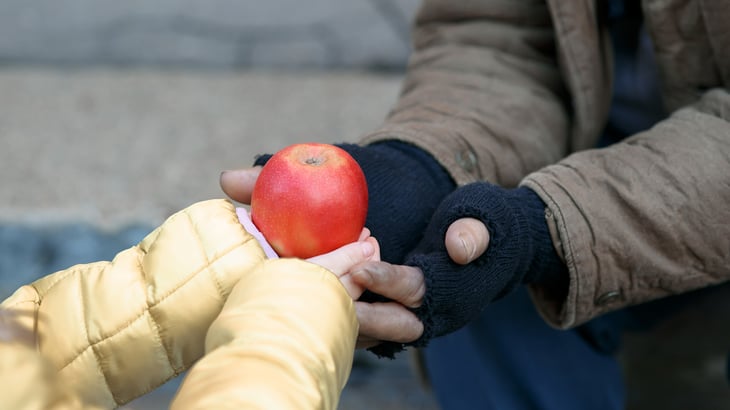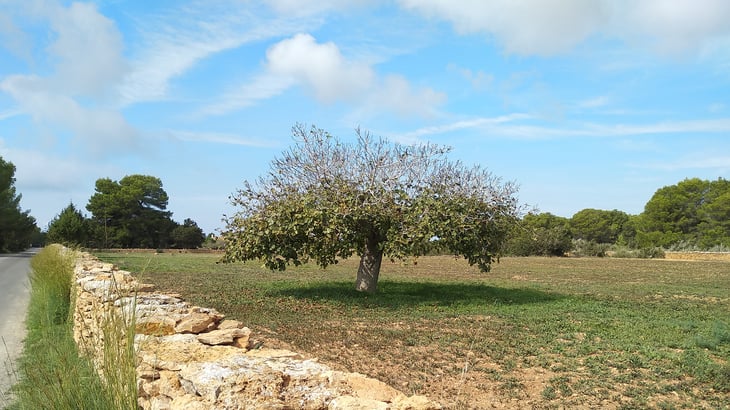Recent Posts by Phil Rigdon
Teaching Parables: The Wedding Garment
While Jesus’ parable of the wedding garment is relatively brief, it presents two fundamental teachings of the Christian faith: God’s definitions of “good” and “bad” are vastly different from our own, and there is salvation only by grace through faith in Christ. I’ll include a few thoughts on Law and Gospel, some ideas for presenting this parable, and couple of song suggestions.
Teaching Parables: The Lost Sheep
On the surface, this parable comforts us with the truth that Jesus treasures each of His children. But there’s more! What can we teach children regarding Christian love for the lost sheep? How can we teach children to care for the lost?
Teaching Parables: Three Levels of the Good Samaritan
Jesus’ parable of the Good Samaritan is a well-known, well-used, but often misunderstood piece of Scripture. Frequently, preachers and teachers, believers and unbelievers alike employ this parable to reinforce the importance of showing kindness to others, especially those we don’t know or those we might be naturally disinclined to assist.
Teaching Parables: The Barren Fig Tree
Continuing our yearlong journey through Jesus’ parables, let’s consider the barren fig tree as a lesson topic. I’ll examine the content and major themes of this parable from a Law and Gospel perspective, present a few teaching ideas, and suggest a couple of songs that complement the lesson.
Teaching Parables: Build Your House on the Rock
Jesus is the master teacher. Through parables, He repeatedly made the Kingdom of Heaven accessible to everyone, connecting spiritual truths with concrete elements of human life. Matthew 7:24–27, the parable of building your house on the rock, is a wonderful example of Jesus explaining spiritual matters in everyday terms.
Teaching Thanksgiving through Jesus’ Example
As we celebrate Thanksgiving, it’s appropriate to reflect on the importance of giving thanks from a Christian perspective, examining especially Jesus’ example and the impact it has for us. In this blog, you’ll find valuable insights to share with students and ideas for reinforcing activities.
















